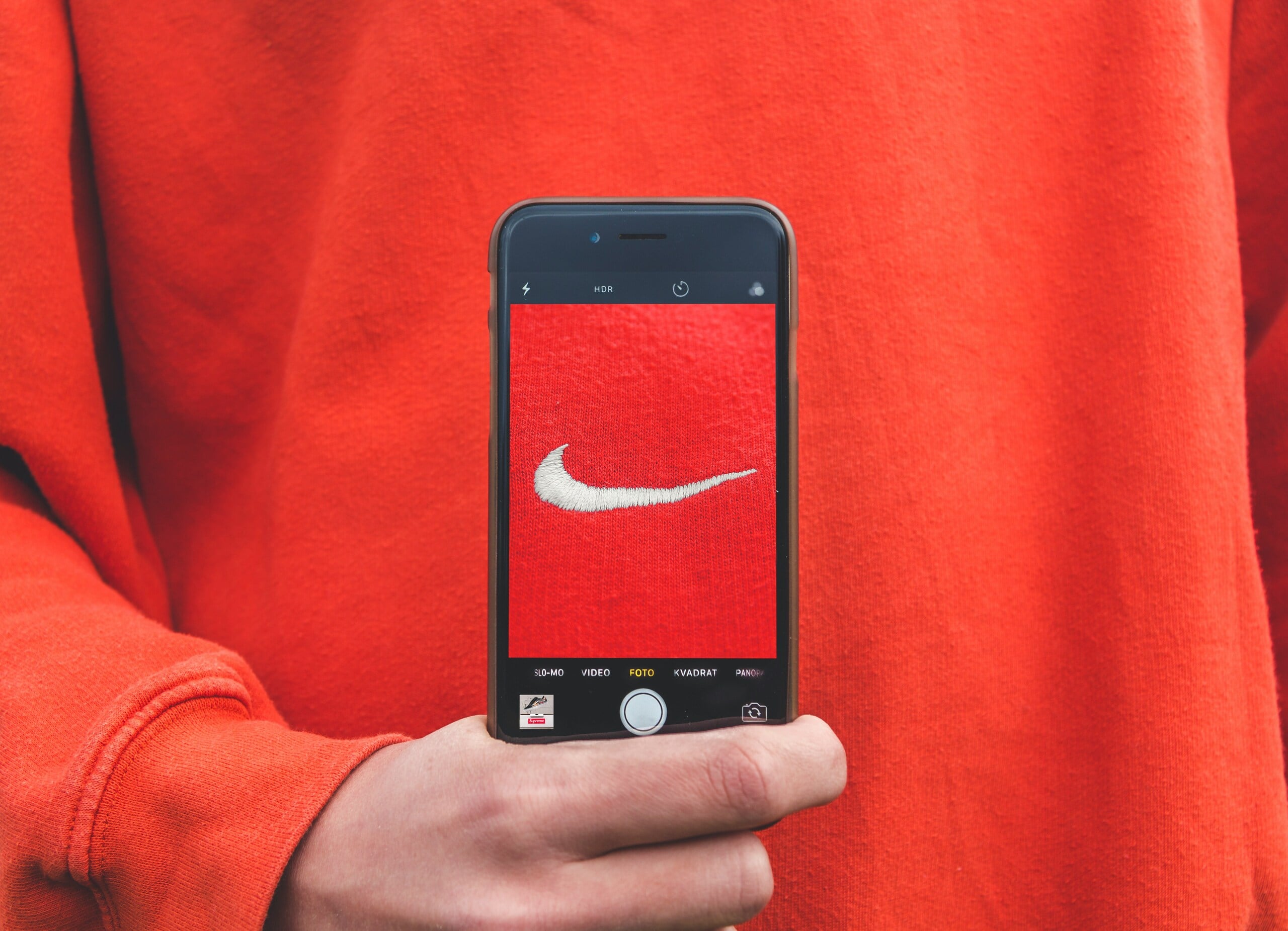We help companies build
future-proof brands.
We help companies build
future-proof brands.
We help companies build
future-proof brands.
We help companies build
future-proof brands.
We help brands understand the pain points and needs of their audiences so they have the opportunity to be a part of their lives.
Proyects
Services
Market
Audiences
Benchmarking
Auditing
Strategy
Positioning
Narrative
Visual
Verbal
Attitudinal
Sensorial
UX
Design
Development
Design system
Go to market
Digital strategy
Branded content
CRO
Services
Market
Audiences
Benchmarking
Auditing
Strategy
Positioning
Narrative
Visual
Verbal
Attitudinal
Sensorial
UX
Design
Development
Design system
Go to market
Digital strategy
Branded content
CRO
Services
Market
Audiences
Benchmarking
Auditing
Strategy
Positioning
Narrative
Visual
Verbal
Attitudinal
Sensorial
UX
Design
Development
Design system
Go to market
Digital strategy
Branded content
CRO
Our latest
publications.
Do you have a project in hand? Tell us what it is about and we will see what is the best way to help you.
Book a meet
Do you have a project in hand? Tell us what it is about and we will see what is the best way to help you.
Book a meet
Do you have a project in hand? Tell us what it is about and we will see what is the best way to help you.
Book a meet
Do you have a project in hand? Tell us what it's about and we will see what the best way to help you is.

Building strong brands.
Do you have a project in hand? Tell us what it's about and we will see what the best way to help you is.

Do you have a project in hand? Tell us what it's about and we will see what the best way to help you is.








